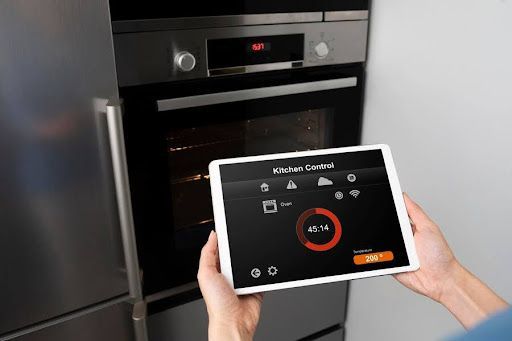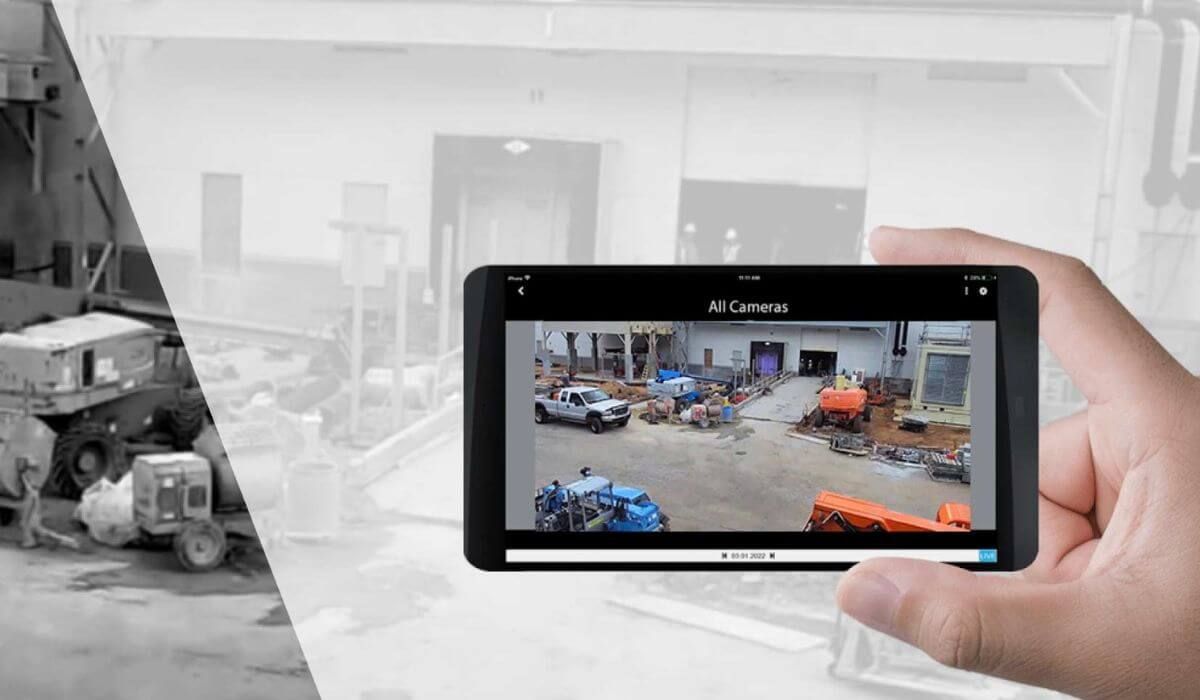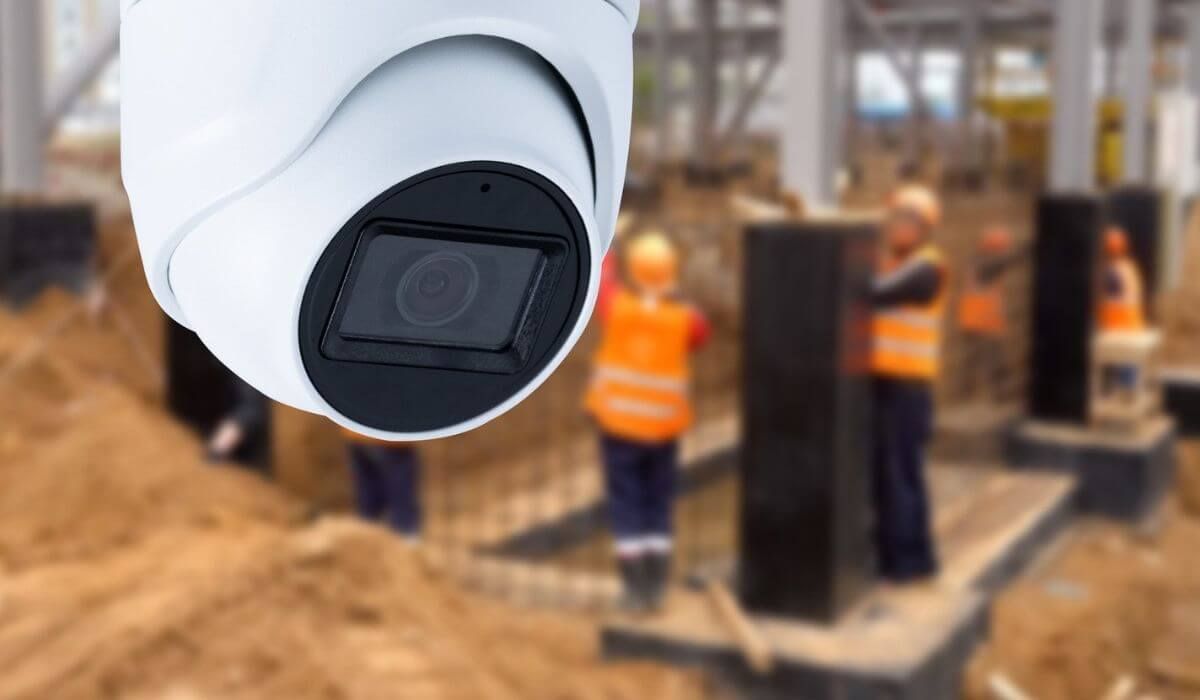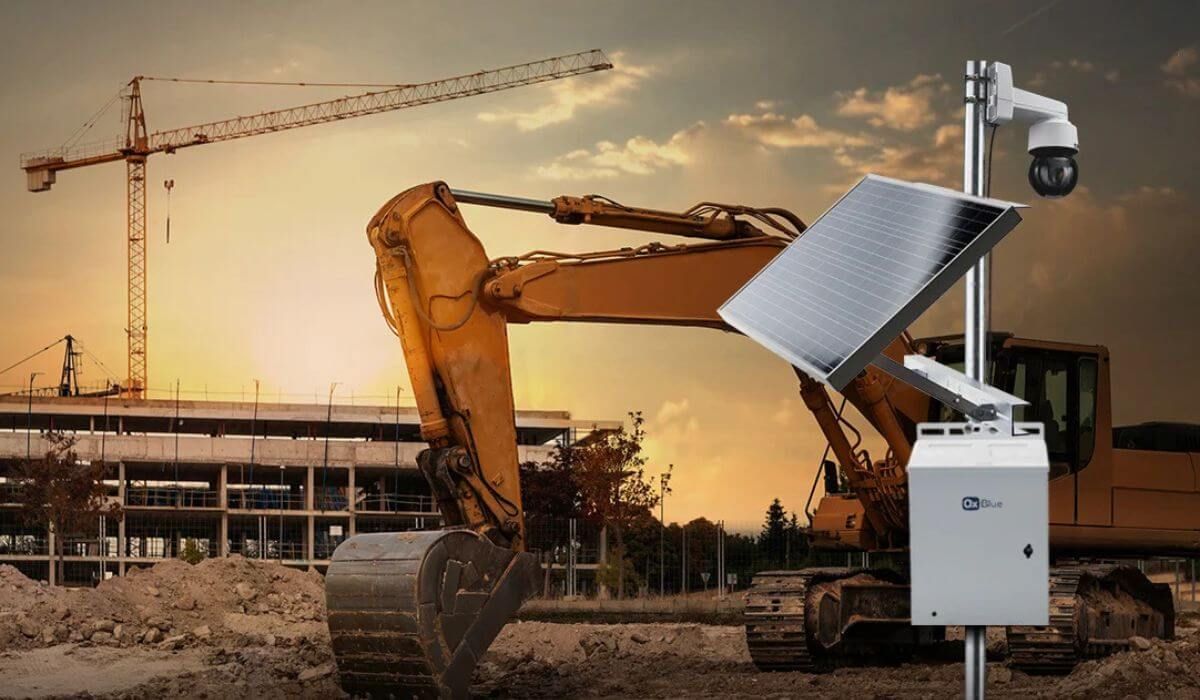Smart Appliances: Revolutionizing Home Automation in Sydney
The world of home automation is rapidly evolving, and at the forefront of this transformation are smart appliances. In Sydney, more homeowners are embracing smart technology to make their daily lives more convenient, efficient, and enjoyable. By integrating smart appliances into your home, you can automate tasks, manage energy use, and create a more seamless living experience. This guide will explore how smart appliances are revolutionizing home automation in Sydney, offering practical advice and insights into their benefits, installation, and future trends.
What Are Smart Appliances?
Smart appliances are advanced household devices that connect to the internet and communicate with other devices through your home network. They use technologies such as Wi-Fi, Bluetooth, and IoT (Internet of Things) to allow remote control and automation. These appliances are designed to perform everyday tasks more efficiently by integrating features like voice activation, energy monitoring, and automation scheduling.
Types of Smart Appliances
There’s a wide range of smart appliances available for Sydney homes, each designed to enhance a different aspect of daily living. Some popular examples include:
- Smart Fridges: These appliances can monitor inventory, create shopping lists, and alert you when items are running low.
- Automated Lighting Systems: Smart lighting allows you to control the brightness and color of lights, schedule when they turn on or off, and even manage them remotely.
- Intelligent HVAC Systems: These smart heating, ventilation, and air conditioning systems adjust the temperature automatically based on your preferences and home activity.
Benefits of Smart Appliances in Sydney Homes
As technology continues to develop, the benefits of integrating smart appliances into Sydney homes are becoming more apparent. Here’s why more homeowners are making the switch:
Energy Saving with Smart Technology
Smart appliances are designed to be more energy-efficient, which is a significant benefit in a city like Sydney where energy costs can be high. These appliances can monitor energy use, adjust settings to conserve power, and even alert you to any unusual spikes in consumption. For example, smart thermostats learn your routine and automatically adjust the temperature to optimize energy use, while smart dishwashers and washing machines run at off-peak hours to save on electricity.
Other energy-efficient options include:
- Smart meters to monitor energy consumption in real-time.
- Smart plugs that turn off appliances when not in use.
Installation and Integration of Smart Appliances
Choosing the right smart appliances for your home can be overwhelming, especially with so many options available. However, once you’ve made your selection, integrating these devices into your existing home network is a straightforward process.
Choosing Compatible Appliances
Before purchasing smart appliances, ensure they are compatible with your existing home systems. Many smart devices work best within a unified smart home ecosystem, such as Google Home, Amazon Alexa, or Apple HomeKit. Look for compatibility labels on the packaging and check that your home Wi-Fi can support the number of connected devices.
Step-by-Step Guide for Installation:
- Assess your home network: Ensure you have a reliable internet connection with strong Wi-Fi coverage.
- Choose the right devices: Opt for appliances that fit your needs and are compatible with your preferred smart home system.
- Follow installation instructions: Most smart appliances come with user-friendly instructions and mobile apps to guide you through the installation process.
- Integrate with your smart home hub: Connect your devices to your home’s smart hub for seamless control and automation.
Future Trends in Smart Home Technology in Sydney
The future of smart home technology is filled with exciting possibilities, and Sydney is well-positioned to benefit from these advancements. As IoT devices and AI continue to evolve, homeowners can look forward to even greater convenience, efficiency, and personalization.
Innovations on the Horizon
Some upcoming trends in smart home technology include:
- AI Enhancements: Artificial intelligence will make smart appliances even more intuitive. For example, fridges may suggest recipes based on available ingredients or predict maintenance needs before issues arise.
- IoT Developments: Expect more advanced IoT devices that can communicate seamlessly with one another, creating a fully integrated and automated home environment.
- Smart Security Systems: Future smart appliances may include enhanced security features, like smart locks and advanced monitoring systems, giving homeowners peace of mind.
Conclusion
Smart appliances are transforming homes in Sydney, making them more efficient, comfortable, and secure. From energy savings to improved functionality, these devices offer numerous benefits for modern homeowners. By integrating smart appliances into your home, you’re not just upgrading your appliances—you’re creating a smarter, more automated lifestyle.
Now is the perfect time to embrace the convenience and efficiency that smart home technology offers. Whether you’re just starting your smart home journey or looking to expand your existing setup, the future of home automation is full of possibilities.
FAQs About Smart Appliances in Sydney
What are the best smart appliances for small Sydney homes?
For small homes in Sydney, space-efficient smart appliances are key. Consider compact smart fridges, smart washing machines with space-saving designs, and voice-activated lighting systems. These appliances can help maximize the functionality of small living spaces while offering all the benefits of automation.
How do smart appliances connect to other smart home systems?
Smart appliances connect to other systems through a home network using Wi-Fi or Bluetooth. Many smart devices are compatible with platforms like
Google Home,
Amazon Alexa, and
Apple HomeKit, allowing users to control all appliances through a single app or voice assistant.




